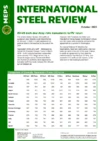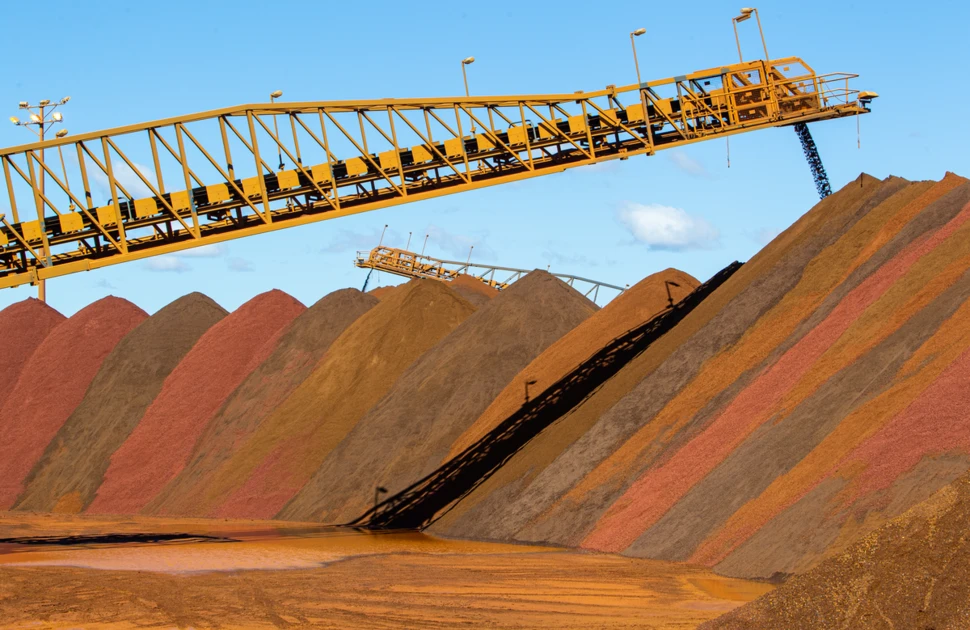Iron ore traders return to volatile market
Iron ore markets started 2022 in a buoyant mood. Prices climbed above US$150 per tonne, in early February. They subsequently slipped, amid the Chinese authorities’ initiatives to discourage speculative trading.
However, a resumption of the upward price trend was noted in recent days. This volatility follows the unprecedented market conditions witnessed last year.
Iron ore prices, which reached an all-time high in May 2021, plummeted more than 60 percent in the subsequent six months, to below US$90 per tonne, CFR China. Market sentiment deteriorated significantly throughout this period.
The Chinese government successfully implemented measures that resulted in crude steel production, in 2021, contracting by three percent, year-on-year. Furthermore, domestic economic growth waned, and indebted real estate developers became the subject of intense international scrutiny.
Traders are currently pricing in a resurgence of steel melting activity in China. Expectations are that at the end of the Beijing Winter Olympic Games, steel production curbs will be lifted. Moreover, steelmaking typically picks up after the Lunar New Year holidays.
However, rhetoric from the China Iron and Steel Association indicates that steel consumption in 2022 will stabilise. Furthermore, decarbonisation of the industry is still a key government target. Cutting output is likely to remain a crucial tool to reduce the nation’s greenhouse gas emissions and, at the same time, ensure supply of steel matches market demand.
Minimal recovery in the Chinese construction sector is detected. Several large real estate developers are in substantial financial difficulty after defaulting on debt repayments. The timescale to restructure and implement policy reform within the sector is expected to be protracted.
Furthermore, the Chinese government is likely to seek economic diversification, in order to be less reliant on the construction sector as a driver of GDP growth.
Iron ore export volumes, from Port Hedland in Australia, declined in recent months, for seasonal reasons. The market reacted to the data as evidence of tightening availability.
However, Chinese portside inventories do not currently support this view. Stock levels stand at more than 160 million tonnes, the highest figure since the second quarter of 2018.
Steel buyers in Asia report that the mills intend to recoup their rising raw material expenditure, in deals placed in March. Nevertheless, market fundamentals are unlikely to support steelmaking costs at their current level.
Greater scrutiny of iron ore trading, by the Chinese National Development and Reform Commission, may contribute to increased price volatility for this key raw material, in the short term.

Source:
International Steel Review
The MEPS International Steel Review is an essential monthly publication, offering professional analysis and insight into carbon steel prices around the world.
Go to productRequest a free publication





